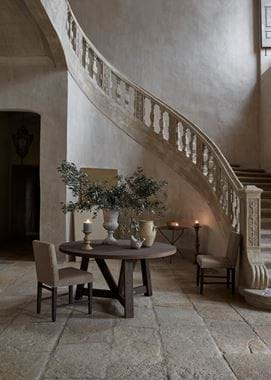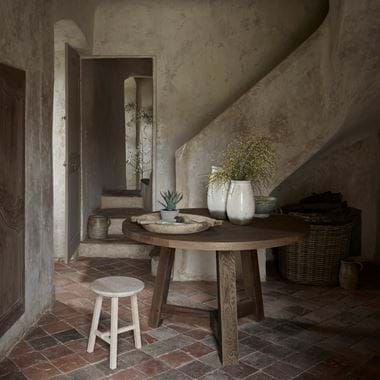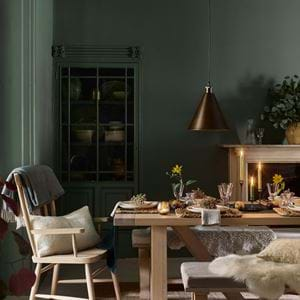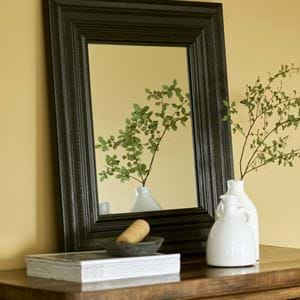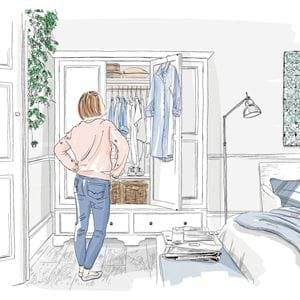A noble ascent
A noble ascent
"The world is like a grand staircase,” Samuel Johnson once said. “Some are going up, and some are going down.” His words, though lighthearted, reveal something of the deeper symbolism of staircases. This most functional of architectural features, which allows us to move around our homes at will, is also a richly mined metaphor for life’s changing fortunes – and the idea of ascending to higher, happier worlds.
In Johnson’s day, staircases were already an important aspect of interior design, used to convey status and grandeur. They were a defining feature of the Baroque age, when everything was done on a monumental scale – not least, stone steps festooned with carved scrolls that were far more expansive than was strictly necessary. Ascending a set of stairs like these – or owning one – meant that you had really arrived, not just in a physical sense, but also in terms of worldly success. Today, there’s something undeniably romantic about these sweeping staircases, their steps worn by centuries of footsteps. Just look at the ones in the chateau where we shot our spring collection: the way they softly gather light and shadow, and draw your gaze aloft.
One of the first people to use stairs to create visual drama was an artist: Michelangelo, no less. His vast stone staircase at the Laurentian Library in Florence, dating from the 1520s, was one of the first truly ambitious interior designs. Debate ranges about when the first stairs were built: ancient China and Egypt are likely candidates, but there are also awe-inspiring stairs at the entrances to Greek temples, while the Romans pioneered spiral staircases.
Ever since, staircases have been one of the first features architects look to when they want to give a building impact and allure. In the Modernist era, a staircase even heralded a decorating revolution: Walter Gropius’ design for a Cologne factory, unveiled in 1914, included twin corner staircases enveloped in walls of glass. The practice of blending indoor and outdoor spaces is now universal.
It would be wrong, though, to assume that stairs have to be big and impressive to make our hearts soar. How delightful to enter an 18th-century cottage and realise the full meaning of the word “staircase” – the narrow wooden steps being concealed behind a door and thus, literally, encased. If you live in a Victorian building, creaky stairs are probably part of its character, like an old friend. And if you have a more modern cantilevered or glass staircase, you most likely love the way it helps light to flood indoors.
However humble your stairs, making a focal point of them is simpler than you think. The key is to create contrast with their surroundings. Colour works for everyone – it could be as simple as painting the banister or the risers. Take inspiration from Inigo Jones’ Tulip Stairs at the Queen’s House in Greenwich, where a wrought-iron rail stands out in brilliant ultramarine.
If your stairs lack grand proportions, create the impression of ‘sweep’ by decorating the wall that flanks them – pictures, arranged creatively, lead the eye upwards, while wall lights add depth and glow. Or, if you’re renovating a staircase, take a tip from architect John Pawson, who once illuminated a minimalist design with a shadow gap, inset with hidden lights, between the steps and the wall.
Tricks like these maintain the functionality of your stairs – and clearly, that’s the most important thing – but inject a little magic. Stairway to heaven indeed.
Something from Stories
With our stores closed for the time being and delivery services working extra hard, we knew that not everyone would be able to get hold of the spring edition of our lifestyle anthology, Stories. So, rather than printing it, we’re publishing all the articles here on our journal instead, including this one. That way you can still read it, wherever you are in the world.

